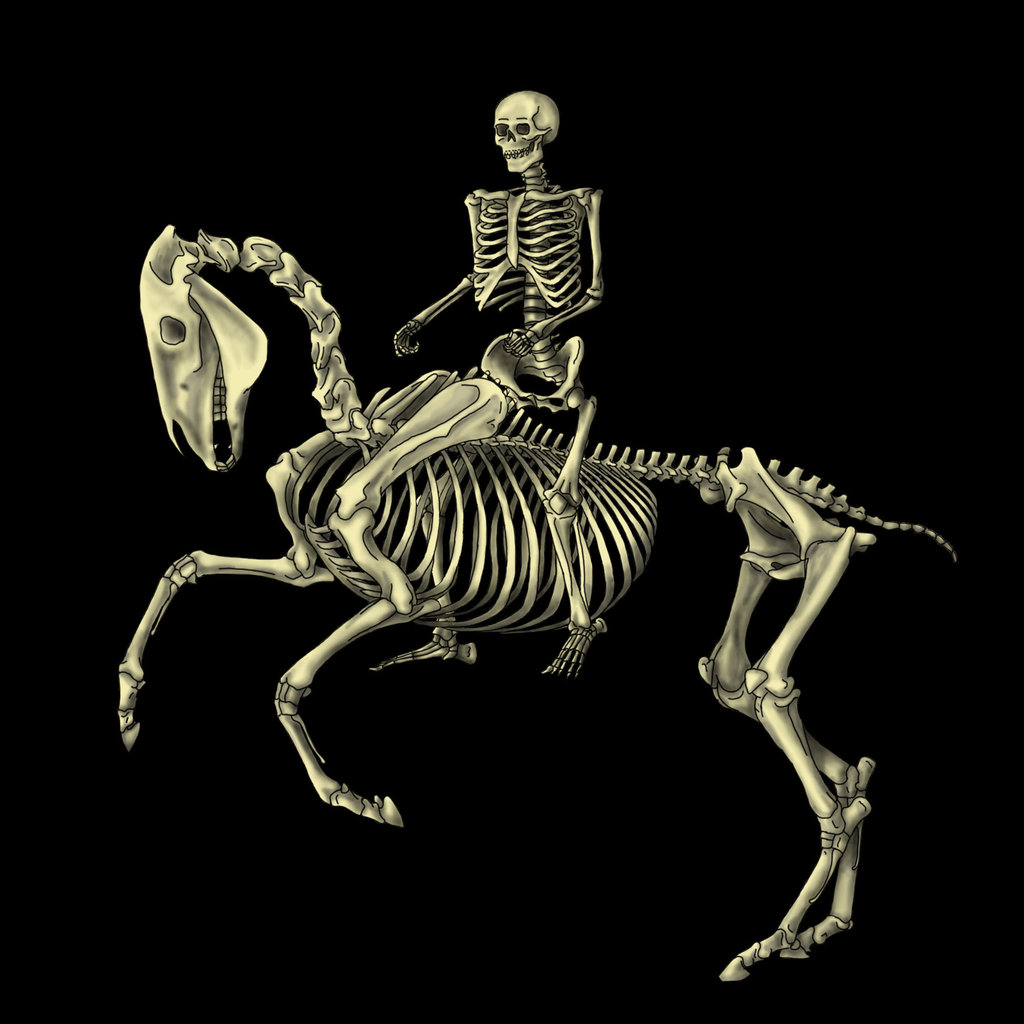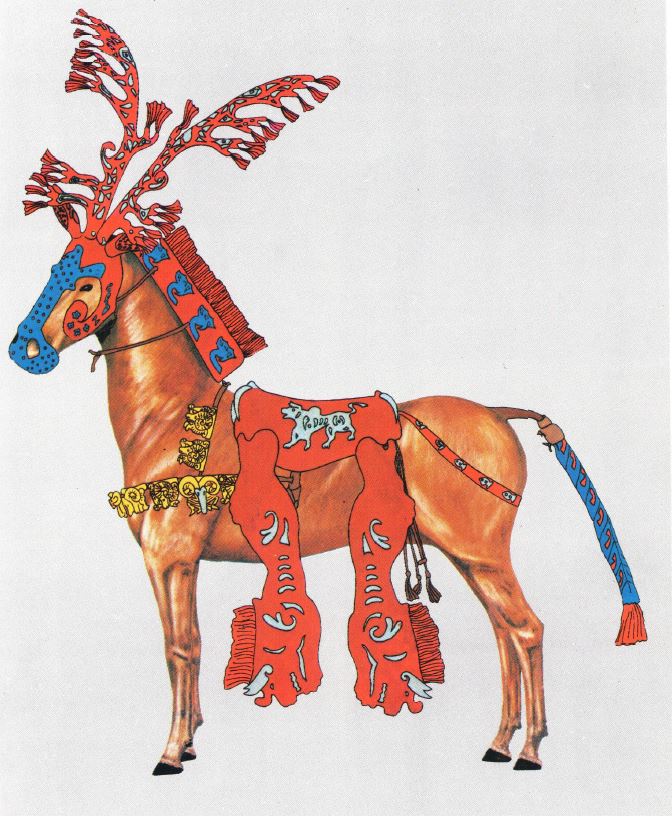Creepy Scythian Graves March 26, 2016
Author: Beach Combing | in : Ancient , trackback
Here is an extraordinary royal burial ritual for the Scythians described in Herodotus, 4,73:
The tombs of their kings are in the land of the Gerrhi, who dwell at the point where the Borysthenes is first navigable. Here, when the king dies, they dig a grave, which is square in shape, and of great size. When it is ready, they take the king’s corpse, and, having opened the belly, and cleaned out the inside, fill the cavity with a preparation of chopped cypress, frankincense, parsley-seed, and anise-seed, after which they sew up the opening, enclose the body in wax, and, placing it on a waggon, carry it about through all the different tribes. On this procession each tribe, when it receives the corpse, imitates the example which is first set by the Royal Scythians; every man chops off a piece of his ear, crops his hair close, and makes a cut all round his arm, lacerates his forehead and his nose, and thrusts an arrow through his left hand.
Long-time readers will remember Scythian roulette and will not be surprised… After the circuit is complete they return to Gerrhi, where the Scythian Valley of the Kings stood.
There the body of the dead king is laid in the grave prepared for it, stretched upon a mattress; spears are fixed in the ground on either side of the corpse, and beams stretched across above it to form a roof, which is covered with a thatching of osier twigs. In the open space around the body of the king they bury one of his concubines, first killing her by strangling, and also his cup-bearer, his cook, his groom, his lacquey, his messenger, some of his horses, firstlings of all his other possessions, and some golden cups; for they use neither silver nor brass. After this they set to work, and raise a vast mound above the grave, all of them vying with each other and seeking to make it as tall as possible.
So far we have a typical bit of savage suttee for the otherworld. But it is what follows that is really extraordinary. This must have been an amazing sight when it was over: the preliminary slaughter would have been the stuff of black nightmares, meanwhile.
When a year is gone by, further ceremonies take place. Fifty of the best of the late king’s attendants are taken, all native Scythians – for, as bought slaves are unknown in the country, the Scythian kings choose any of their subjects that they like, to wait on them – fifty of these are taken and strangled, with fifty of the most beautiful horses. When they are dead, their bowels are taken out, and the cavity cleaned, filled full of chaff, and straightway sewn up again. This done, a number of posts are driven into the ground, in sets of two pairs each, and on every pair half the felly of a wheel is placed archwise; then strong stakes are run lengthways through the bodies of the horses from tail to neck, and they are mounted up upon the fellies, so that the felly in front supports the shoulders of the horse, while that behind sustains the belly and quarters, the legs dangling in mid-air; each horse is furnished with a bit and bridle, which latter is stretched out in front of the horse, and fastened to a peg. The fifty strangled youths are then mounted severally on the fifty horses. To effect this, a second stake is passed through their bodies along the course of the spine to the neck; the lower end of which projects from the body, and is fixed into a socket, made in the stake that runs lengthwise down the horse. The fifty riders are thus ranged in a circle round the tomb, and so left.
This is what Damian Hurst would have been getting up to had he been around in the early centuries B.C. Imagine meanwhile, the Scythian valley of the kings. As you rode past the great mounds of the legendary monarchs, men who you would have heard of in song, you would have seen circuits of guarding skeleton horses and riders. Some of the more recent ones would still be being pecked over by vultures. For a visiting Greek, and it is quite possible Herodotus had seen these things, it must have been like wandering into Hades…
28 Mar 2016, Chris from Haunted Ohio Books writes in: The image of the mounted horses around the Scythian graves has always been a fascinating one for me. It seems likely that the horses wore trappings of leather and felt like the ones discovered in the Pazyryk burials, where sacrificed horses and materials like carpets and clothing survived in the icy ground. This particular horse is No. 10 from the 1st Pazyryk kurgan. The story reminds me of an unforgettable image described by my cousin, a veterinarian. She told me that there were numerous horse corpses kept for study and dissection purposes at the large university where she took her degree, since the institution specialized in large animal medicine. The dead horses were embalmed and somehow fastened in an upright position and hung up near the ceiling of a circular barn like some macabre carousel.

28 Mar 2016, Ruth: ‘Well, if that isn’t the dumbest thing I ever heard of. It’s no wonder these ancient peoples all died out if they kept doing things like killing all their best warriors just because some idiot king died. Ya gotta wonder, how long it took them to figure out that wasn’t a bright idea? Makes one wonder how much of this bit was made up at times. as the Greeks seemed to do so often. I mean, sunken islands and everything. Or if this was done once to honor a really great king and they just assumed that was standard practice.’


